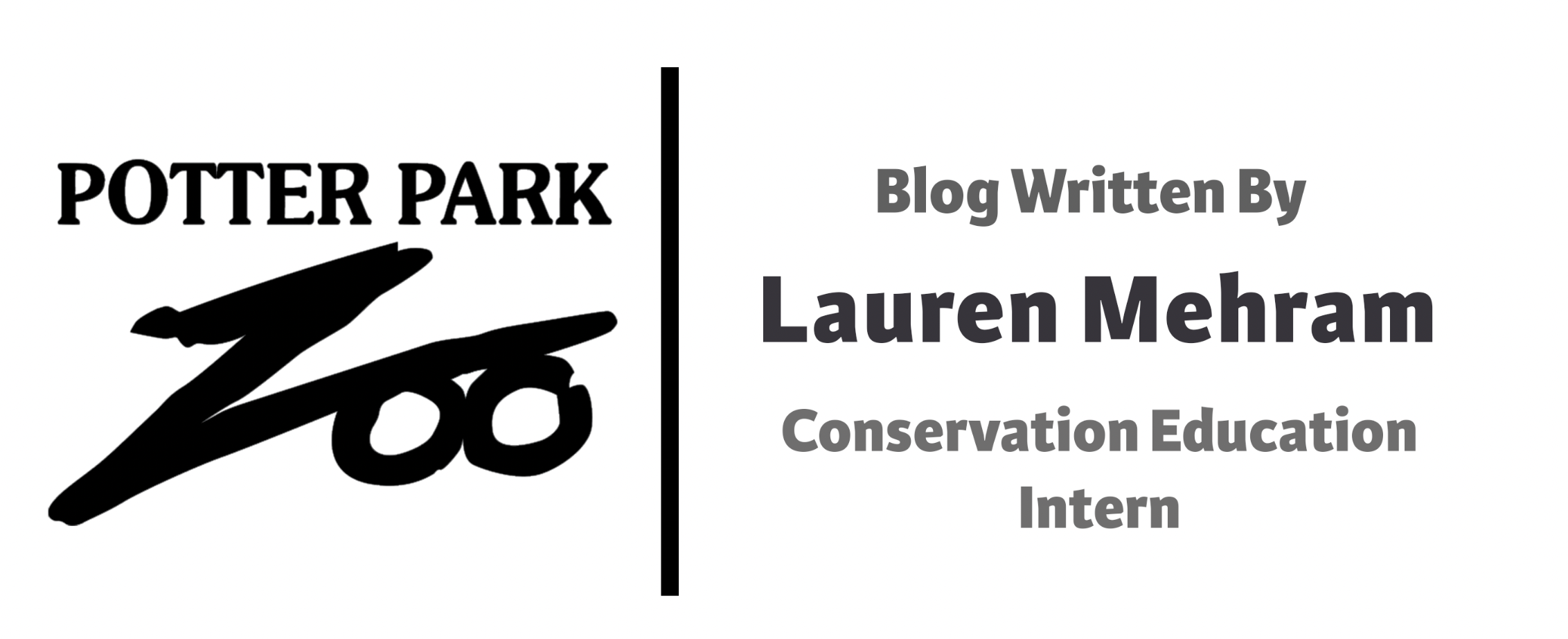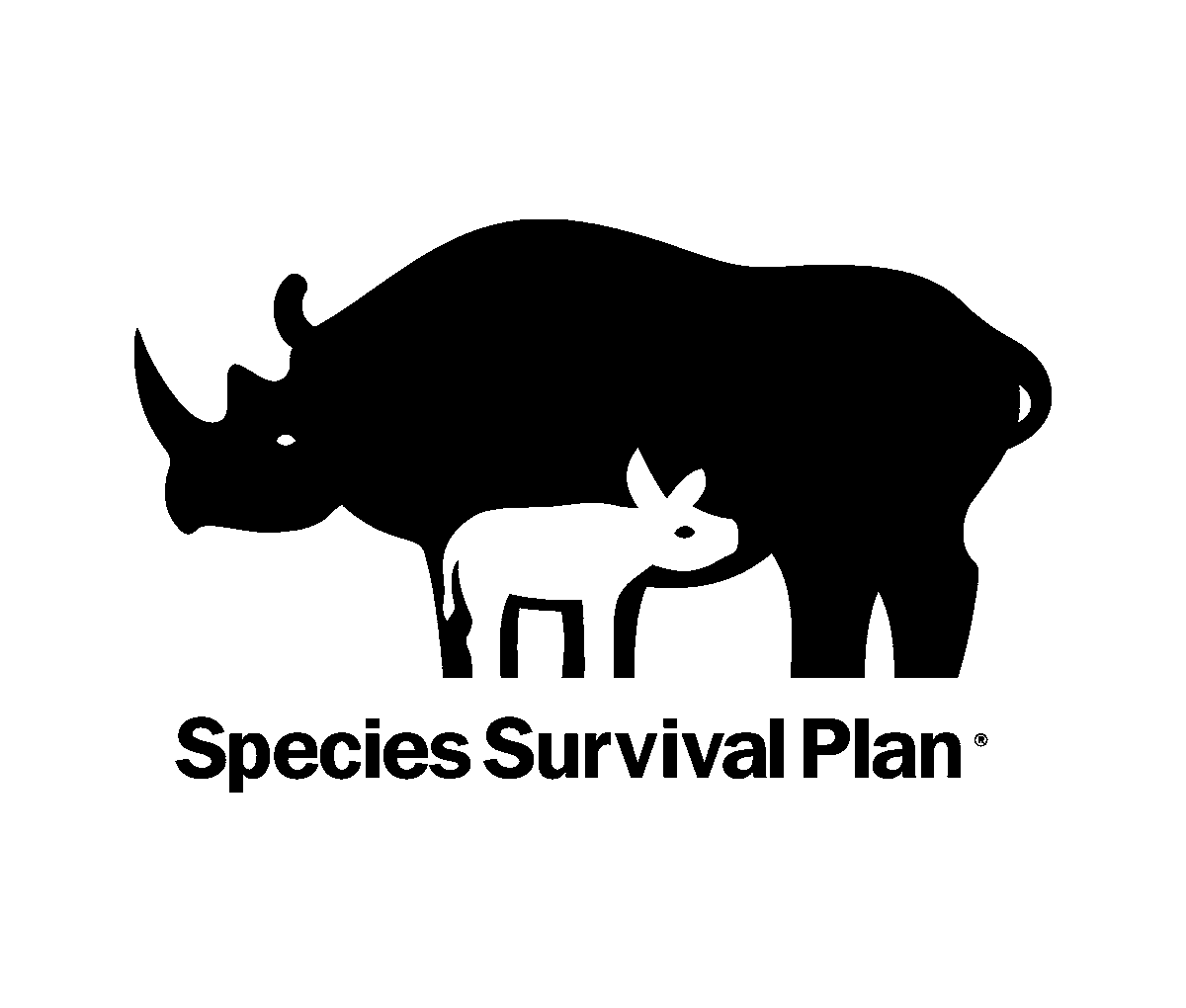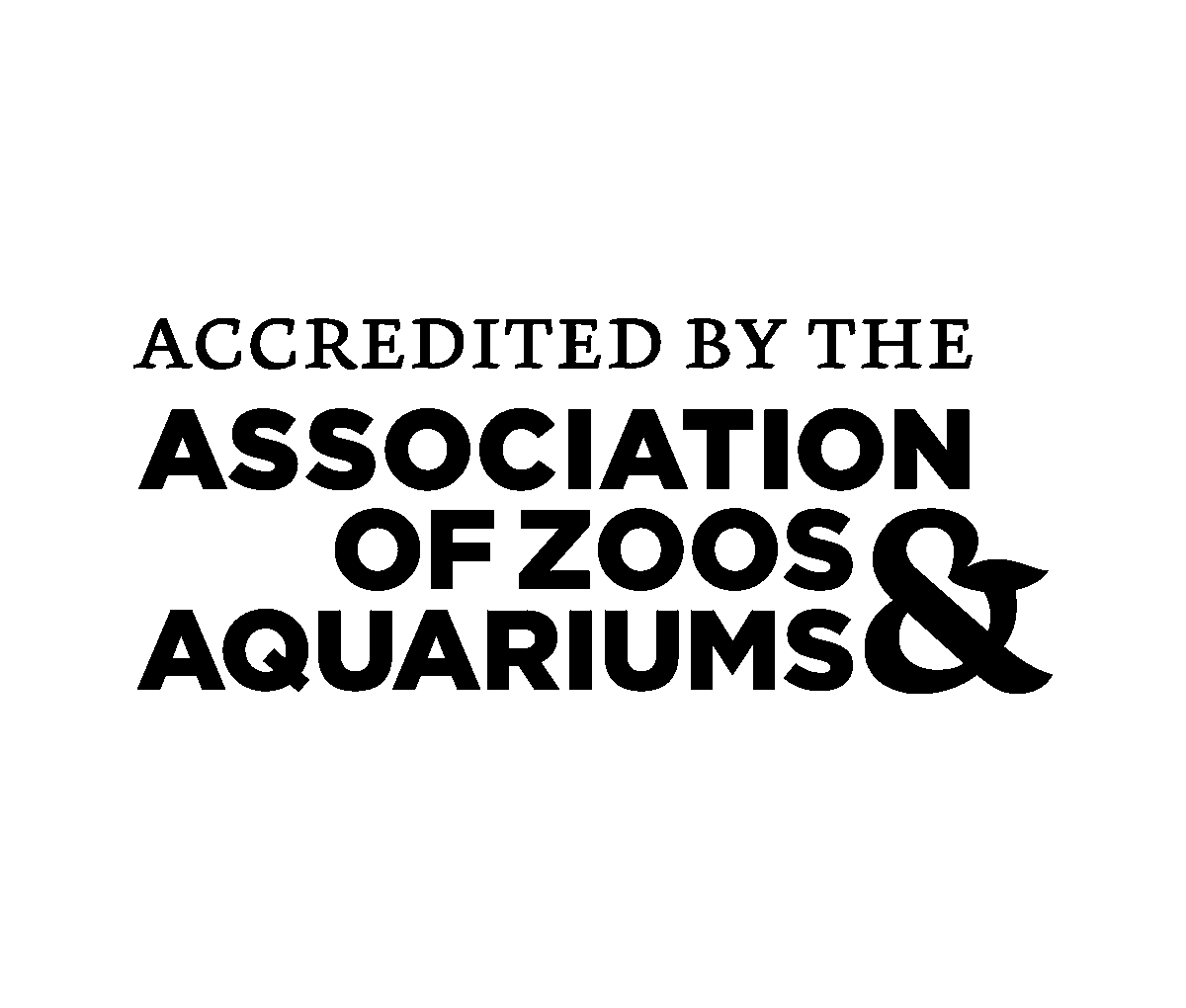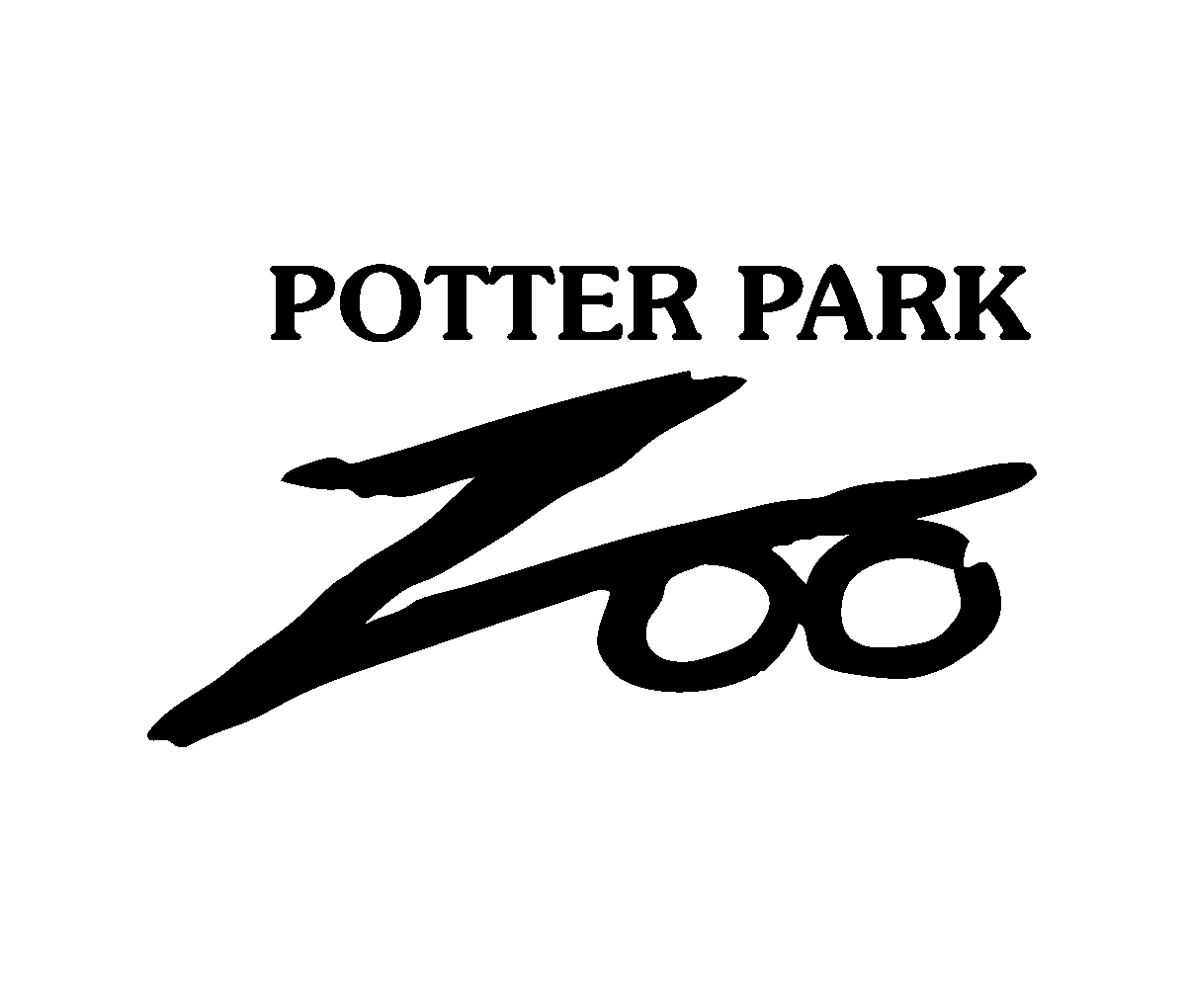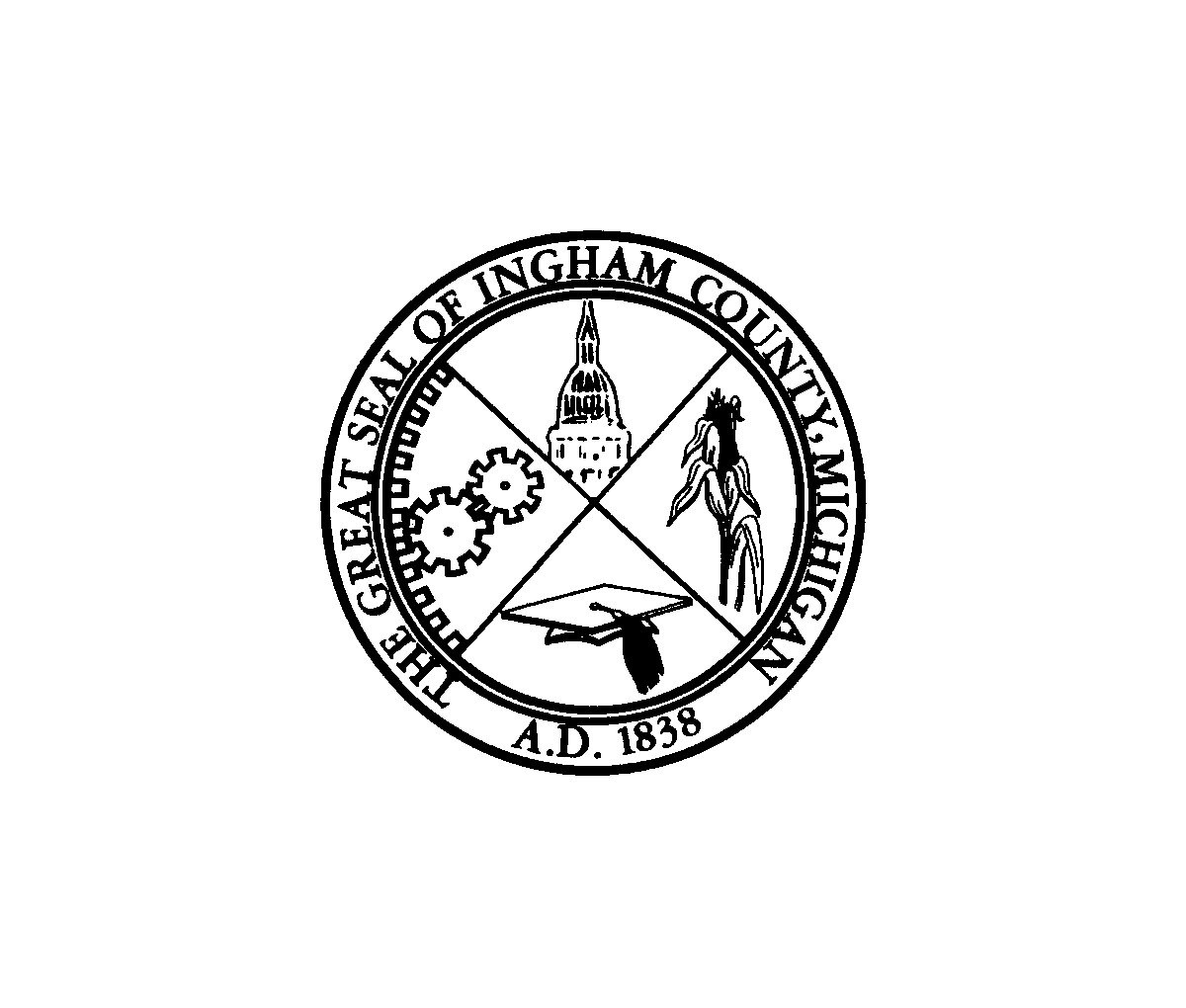What is Enrichment?
If you have ever visited a zoo, you may have encountered an animal engaging with enrichment or seen the aftermath of objects still in the enclosure, such as a tire or empty container. Essentially, enrichment is an object or stimuli that encourages an animal to engage in a natural behavior they would typically perform in the wild.
There are five main types of enrichment:
- Food: Use different feeding methods, different food items or vary feeding schedules to prolong feeding time or stimulate natural feeding methods.
- Sensory: Use novel items, scents etc. to engage the five senses (touch, taste, sight, sound, smell).
- Cognitive: Enhance mental stimulation and occupy an animal’s time through use of puzzles or novel feeders.
- Social: Interact with other animals of the same or different species.
- Physical Habitat: Utilize the space in the enclosure by hiding food, rearranging the exhibit furniture, adding natural objects or toys.
It is important to ensure the types of enrichment are varied and that the objects remain new and exciting, as frequent reuse of items can lead to decreased interest or boredom among the animals. Our animal care staff take precautions when designing and choosing objects to use for enrichment, to minimize any risk to the animals. After an enrichment object is created it must be approved by the veterinarian and animal care managers. When an animal receives an enrichment item for the first time, they are carefully observed to ensure the animal is safely interacting with it.
Why is Enrichment Important?
When animals are able exhibit natural behaviors through enrichment it encourages physical activity and provides mental stimulation. Both factors are important components to providing good quality welfare for our zoo residents.
Another important benefit of environmental enrichment is that it adds to the quality of our zoo guests’ experiences at the zoo. They can observe the animals interacting with their enrichment and learn the importance we place upon the welfare of our animal residents.
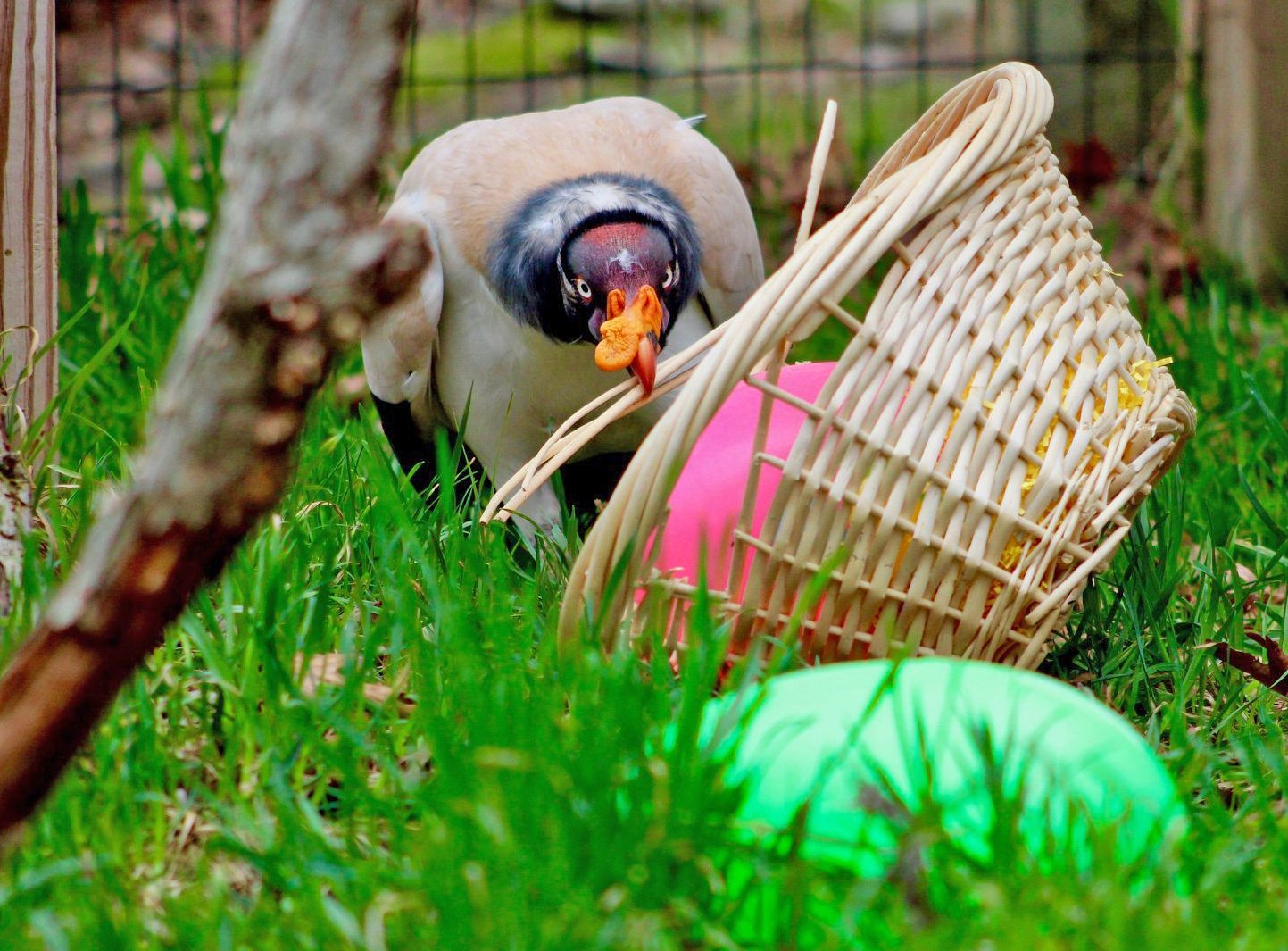

Stay tuned for part 2 of this article to see some PPZ animals interacting with enrichment and learn how you can get involved!
